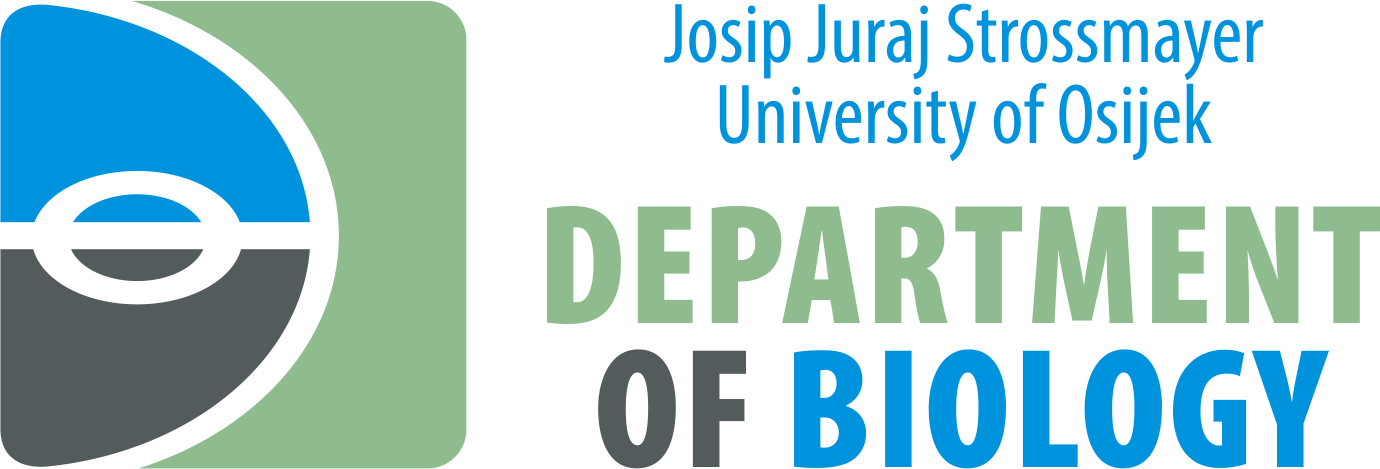Sub-Department of Quantitative Ecology consists of five research groups:
- Research Group for Systematic Ecology of Amphibians and Reptiles (HERPECO),
- Research Group for Systematic Environmental Microbiology (ECOMICRO),
- Research Group for Ecophysiology and Ecotoxicology of Plants (FITOECOTOX),
- Research Group for Systematic Soil Ecology (ECOSOIL), and
- Research Group for Ecological Statistical and Mathematical Modeling (ECOSTATMOD).
Each research group investigates specific research topics, which are then combined into joint projects and scientific issues.
